A look at the Chesapeake Bay watershed in 2020

Some of our most popular articles from the past year easily reflect the state of the world in 2020. The Chesapeake Bay watershed was not immune from the impacts of the coronavirus pandemic or the call for diversity, equity, inclusion and justice reform that echoed across the country. And like so many others around the globe, our readers were looking for ways to get outside and explore nature in 2020. Let’s take a second look at some of the stories that spoke to all of us this year.
Eight ways to the explore the Chesapeake Bay from home
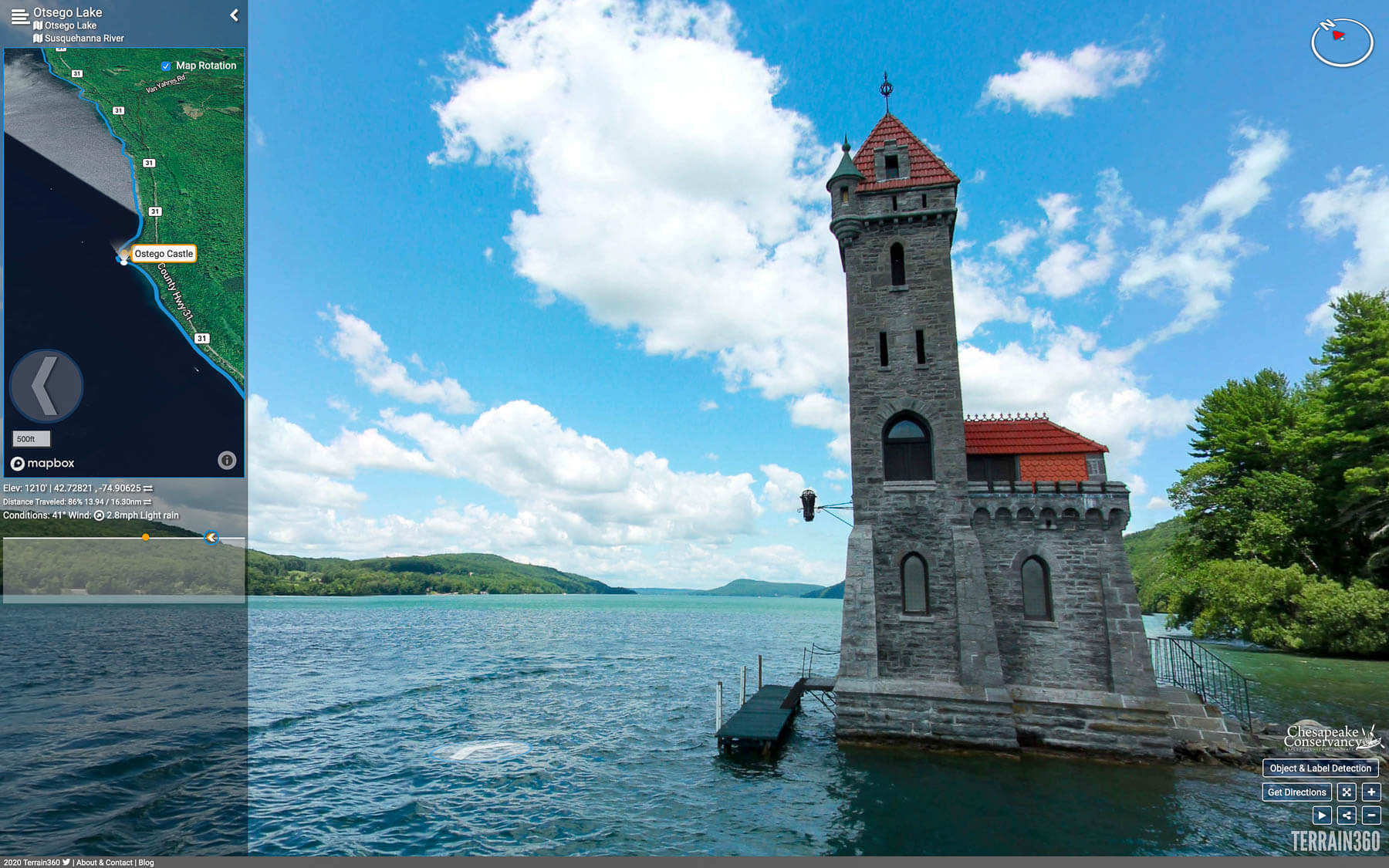
During the first few dark weeks of the coronavirus pandemic, when it seemed as if the entire planet had shut down, people turned to the virtual world for education, distraction and entertainment. We were happy to help by providing eight ways to explore the Chesapeake Bay watershed from your own home. Whether it’s becoming a backyard birder or finding a physical or virtual Chesapeake site to visit, we hope we these ideas made some difficult times a bit easier.
Eight springtime wildflowers you can eat
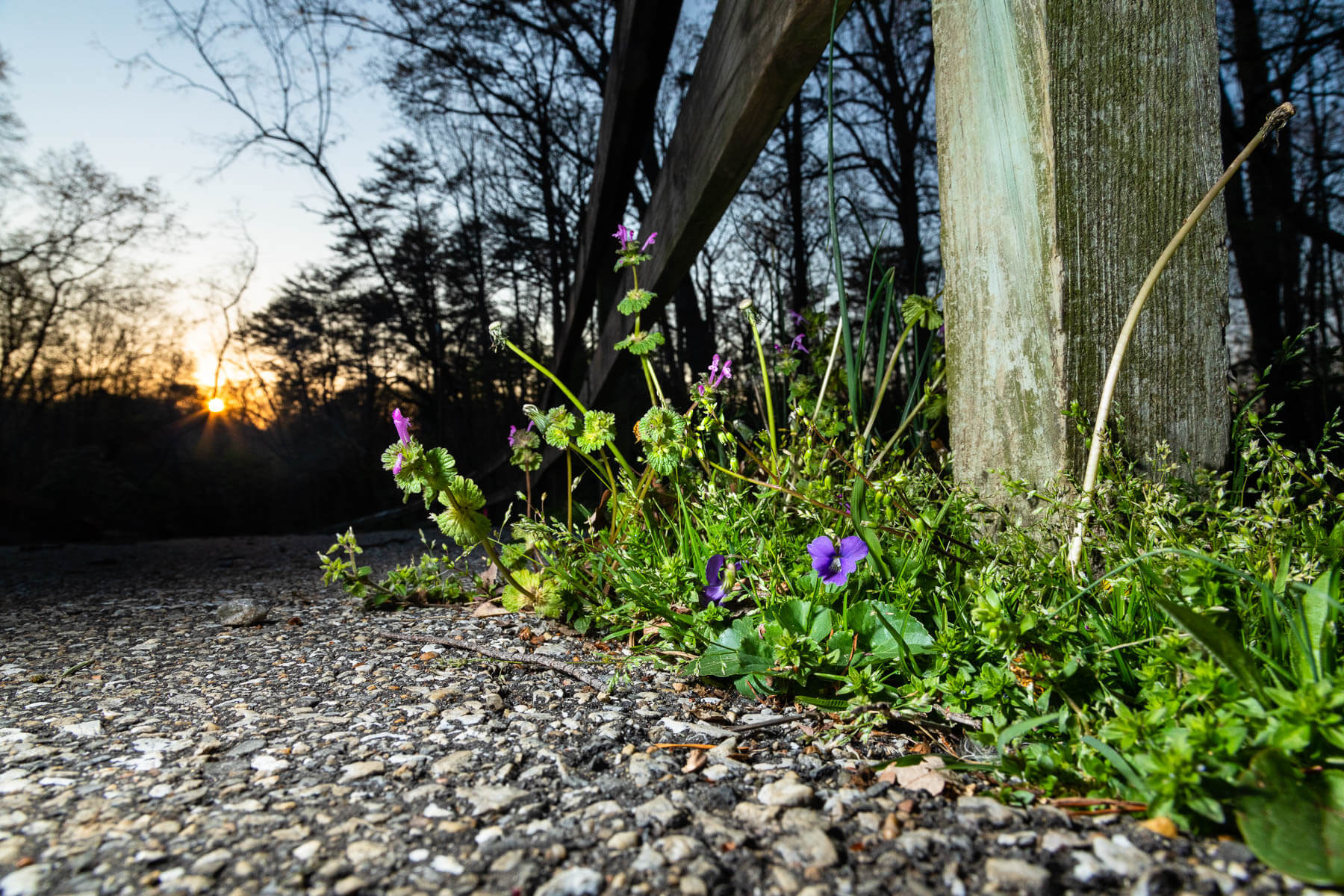
Being stuck at home this year not only made many people interested in learning about what was happening in their own backyards, but it also brought out the inner gourmet chef in many of us. We hope that our guide to some of the edible wildflowers found throughout the Chesapeake region in the springtime inspired some creative recipes—and careful foraging.
Are there dolphins in the Chesapeake Bay?
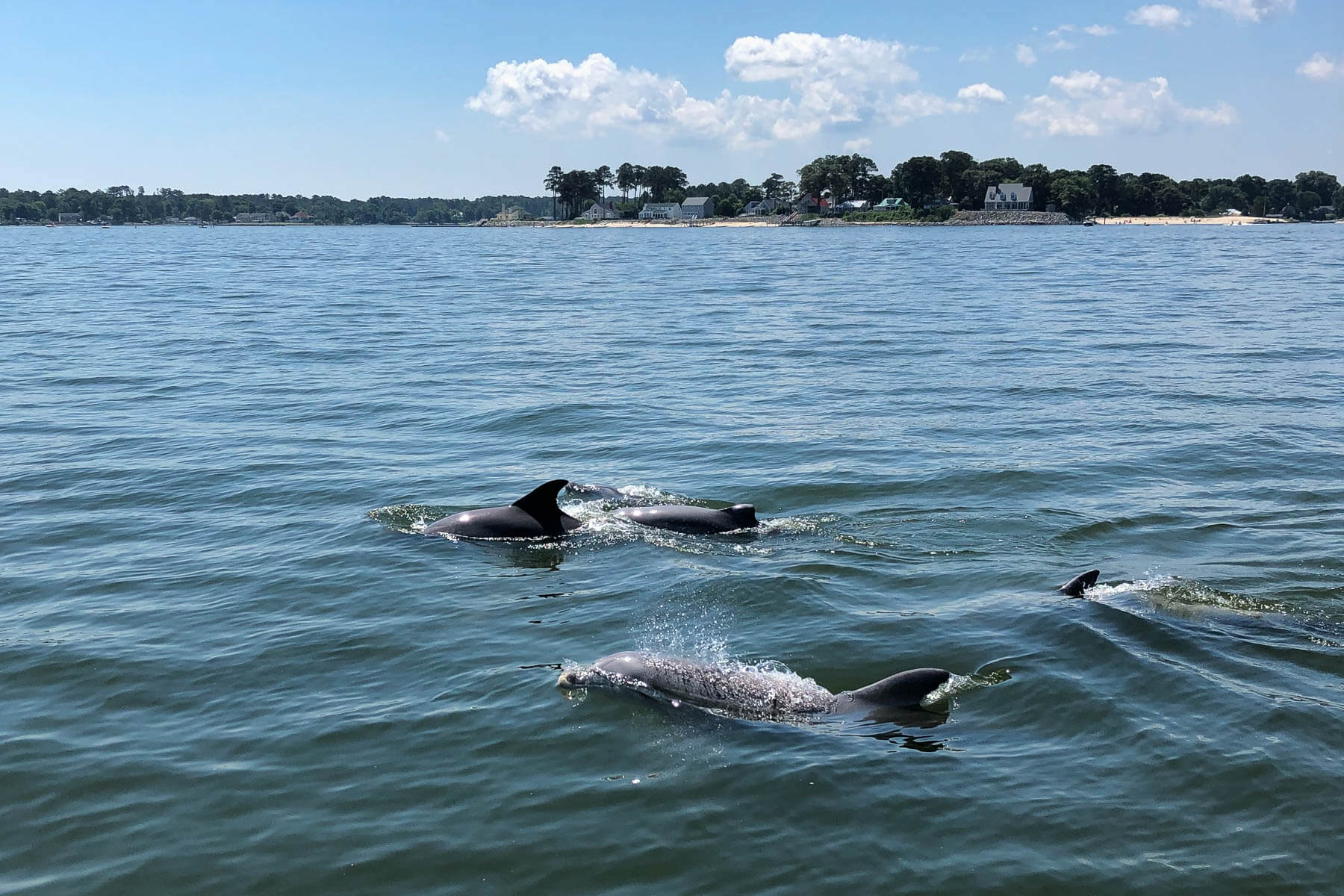
For years, our most popular blog has been, “Are there sharks in the Chesapeake Bay?”. Well, it turns out that sharks can’t hold a candle to the popularity of dolphins! So yes, Virginia, there are dolphins in the Chesapeake Bay and are often spotted between April and October in the Chester and Potomac rivers and near the Chesapeake Bay Bridge. In 2018, Chesapeake DolphinWatch recorded 1,129 sightings.
Centuries-old Susquehanna petroglyphs give history a personal touch
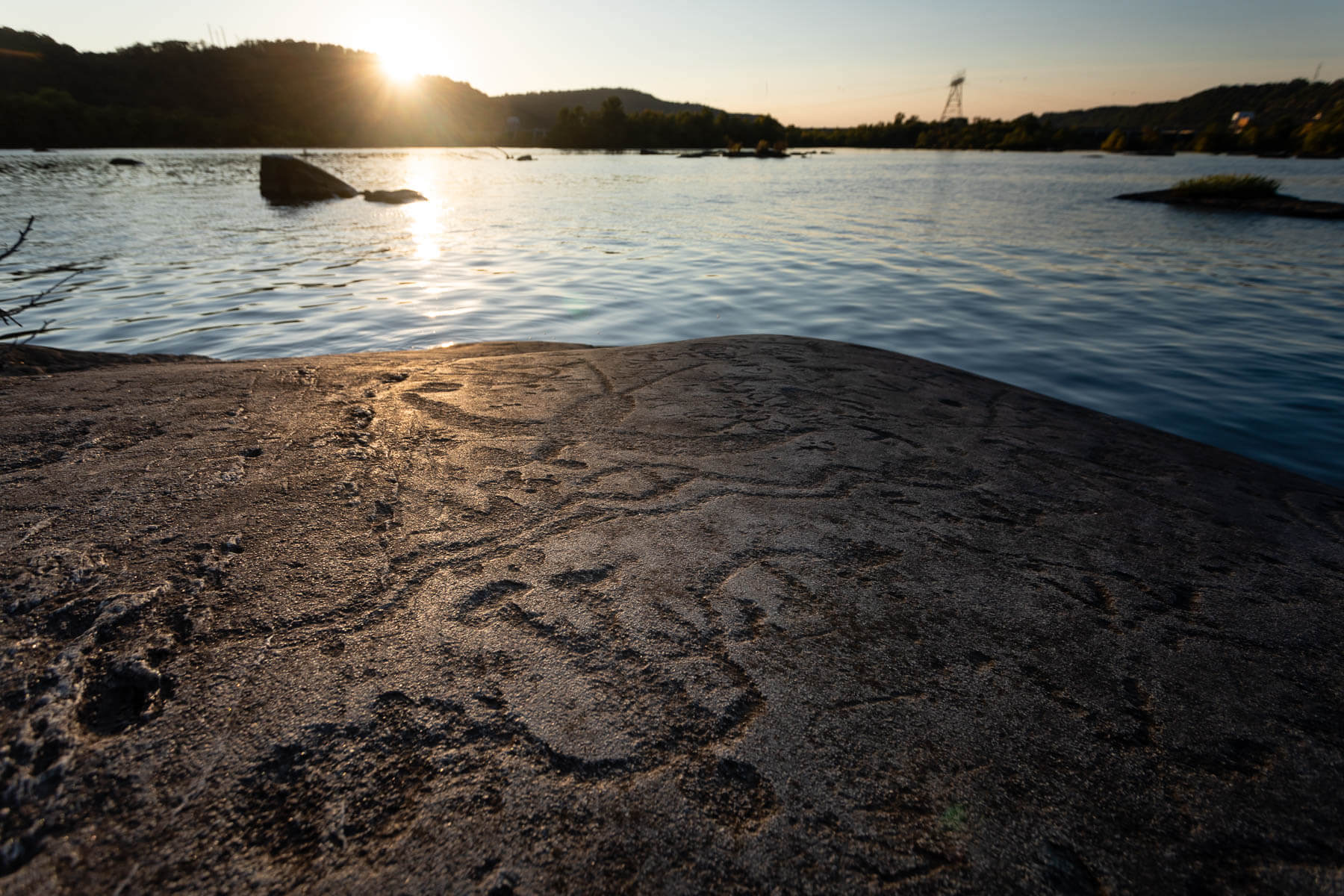
Petroglyphs are most associated with the Native American tribes that once called the western United States home. But did you know that the largest concentration of petroglyphs in the northeastern part of the country can be found right along the Susquehanna River in Pennsylvania? Only reachable by the water, this sacred area bears witness to some of the most important history of the Chesapeake region.
A military veteran’s new mission is to restore a stream and help people heal
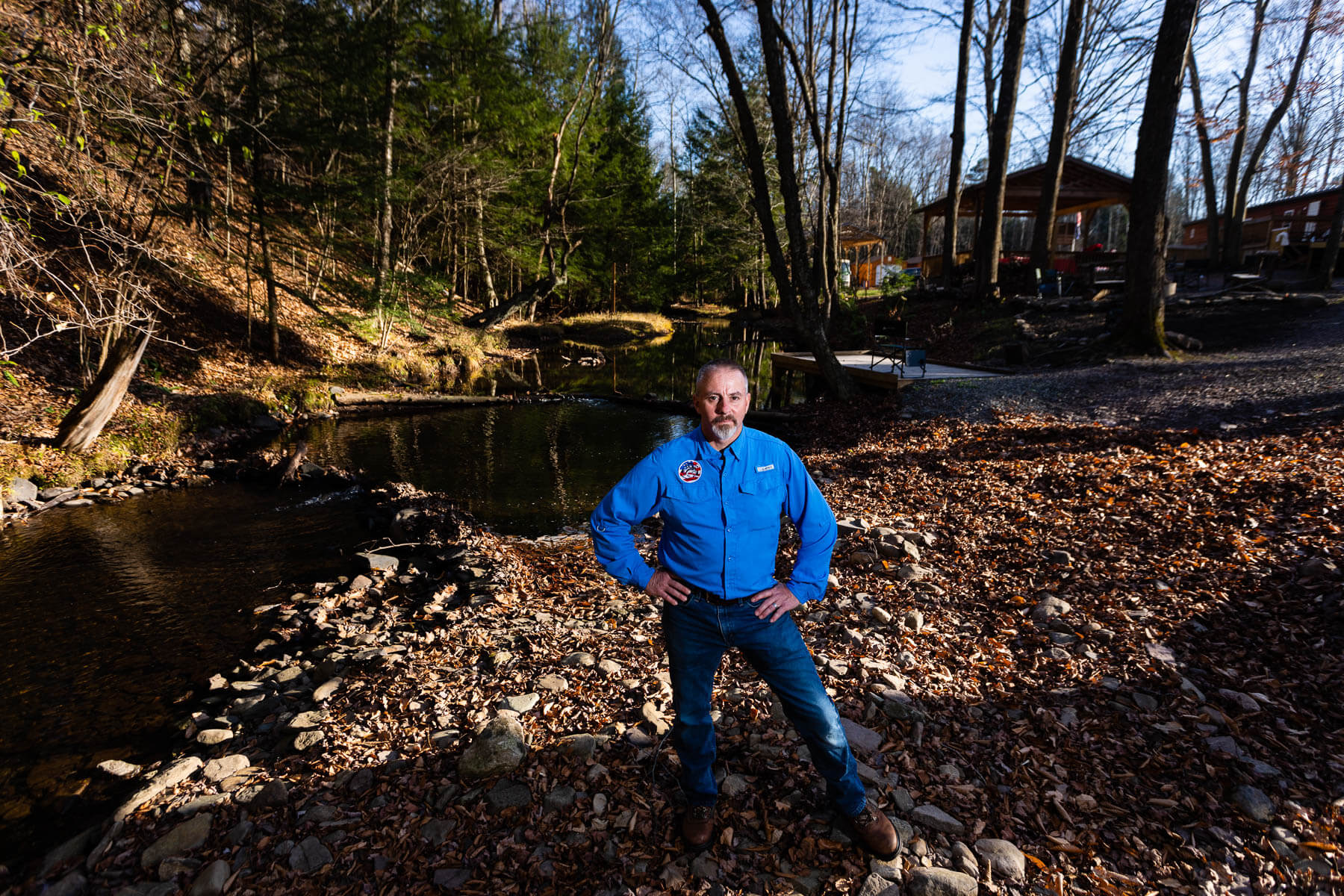
There were no greater heroes in 2020 than our first responders. U.S. Army veteran Jeff Swire wanted to provide a respite in nature not only for our caregivers, but also for the veterans who so bravely serve(d) our country. Through Patriots Cove, Swire has not only improved the environmental health of Beaver Run, a tributary of Bowman Creek, which flows into the Susquehanna River, but also the mental and physical health of our nation’s heroes.
Three Chesapeake beaches reflect the history of desegregation in the United States
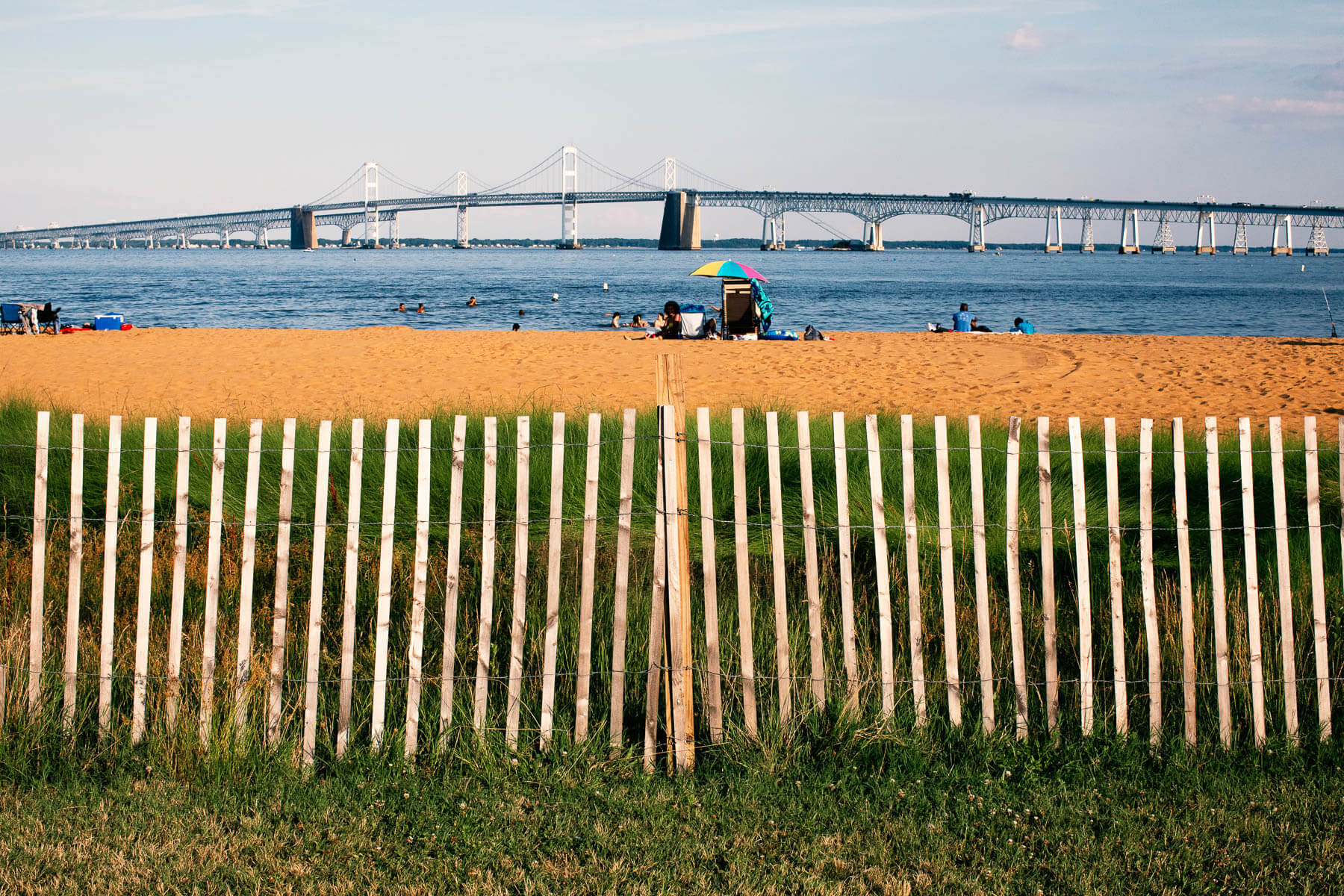
Parks, particularly those with water access to escape the sweltering heat, were much in demand across the watershed this past summer. As millions of people across the nation called for social justice reform, we took the time to examine how even the Chesapeake Bay was not excluded from shameful, segregated practices. Four regional beaches were witness to important Black American history, including the eventual Supreme Court case that ruled segregated facilities lacked equal quality.
Fireflies shed light on the benefits of a natural yard
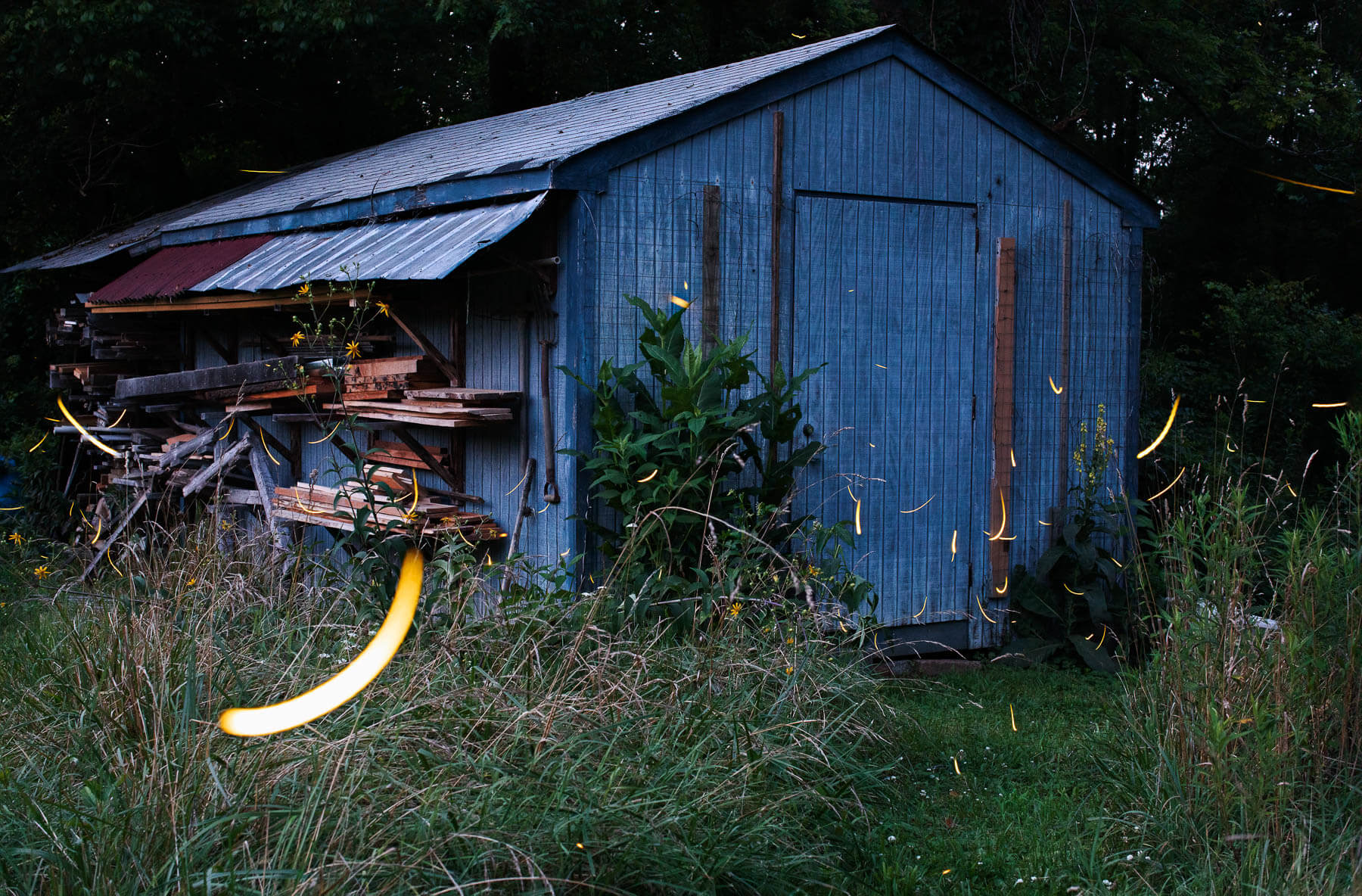
As we yearned for—and learned to embrace—simple pleasures this year, an article about the classic summer ritual of catching fireflies delighted our readers. Sam Droege, a biologist at the Patuxent Wildlife Research Center, took us on his journey to document the bioluminescent insect. We examined why the bug lights up and what its early summer arrival says about our changing climate.
Seafood businesses go online to stay afloat
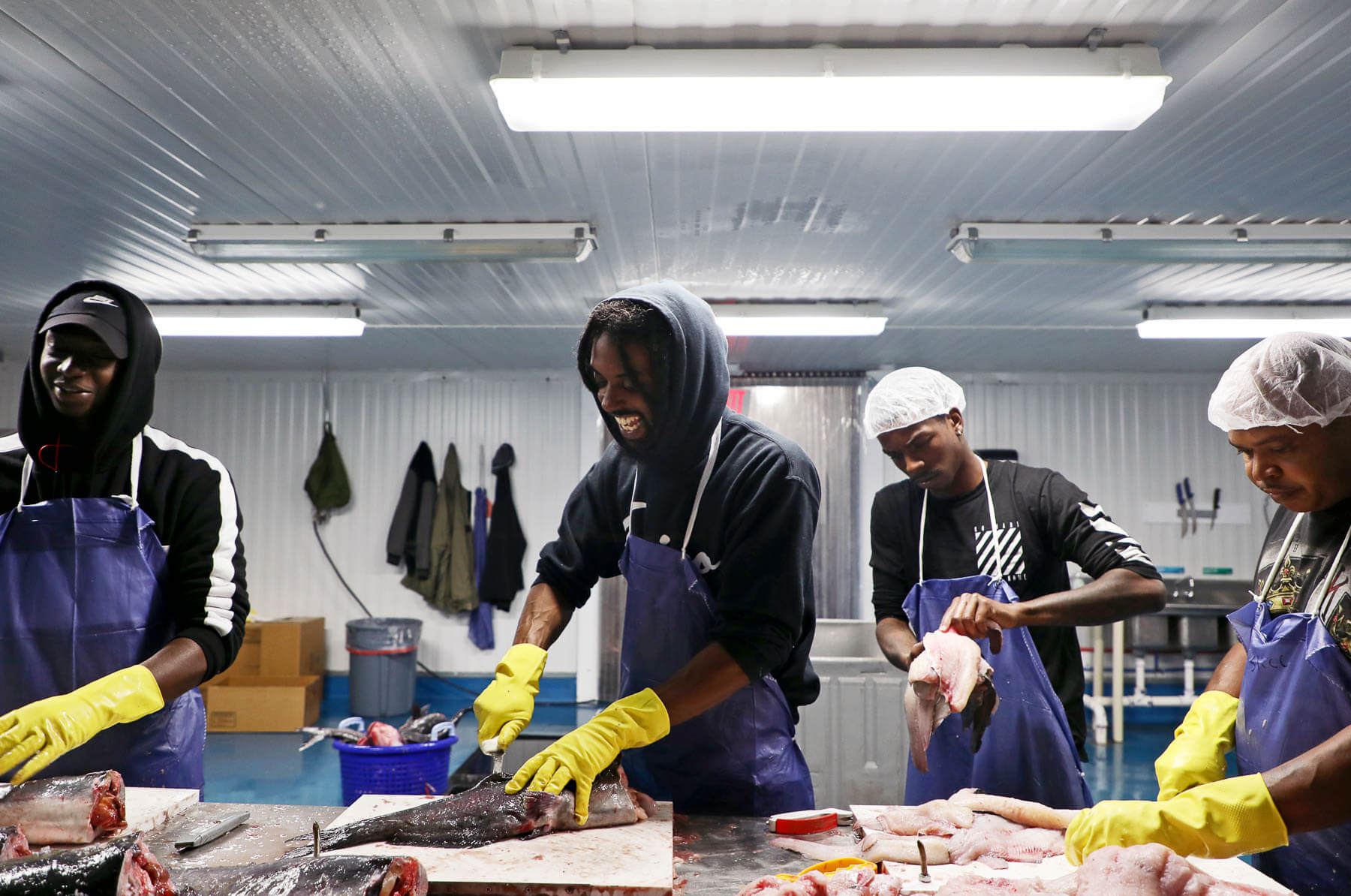
Like many industries in 2020, those who harvest crabs, grow oysters and deliver fresh seafood found themselves having to pivot from their normal business model. Organizations throughout the Chesapeake Bay watershed, like Virginia Sea Grant, quickly jumped into action, helping the industry utilize e-commerce and social media to sell their product directly to consumers. Almost seven months after this article was first published, our local businesses still struggle. Take another look at the companies mentioned here the next time you crave fresh seafood and buy local!
A ferocious predator in a small package
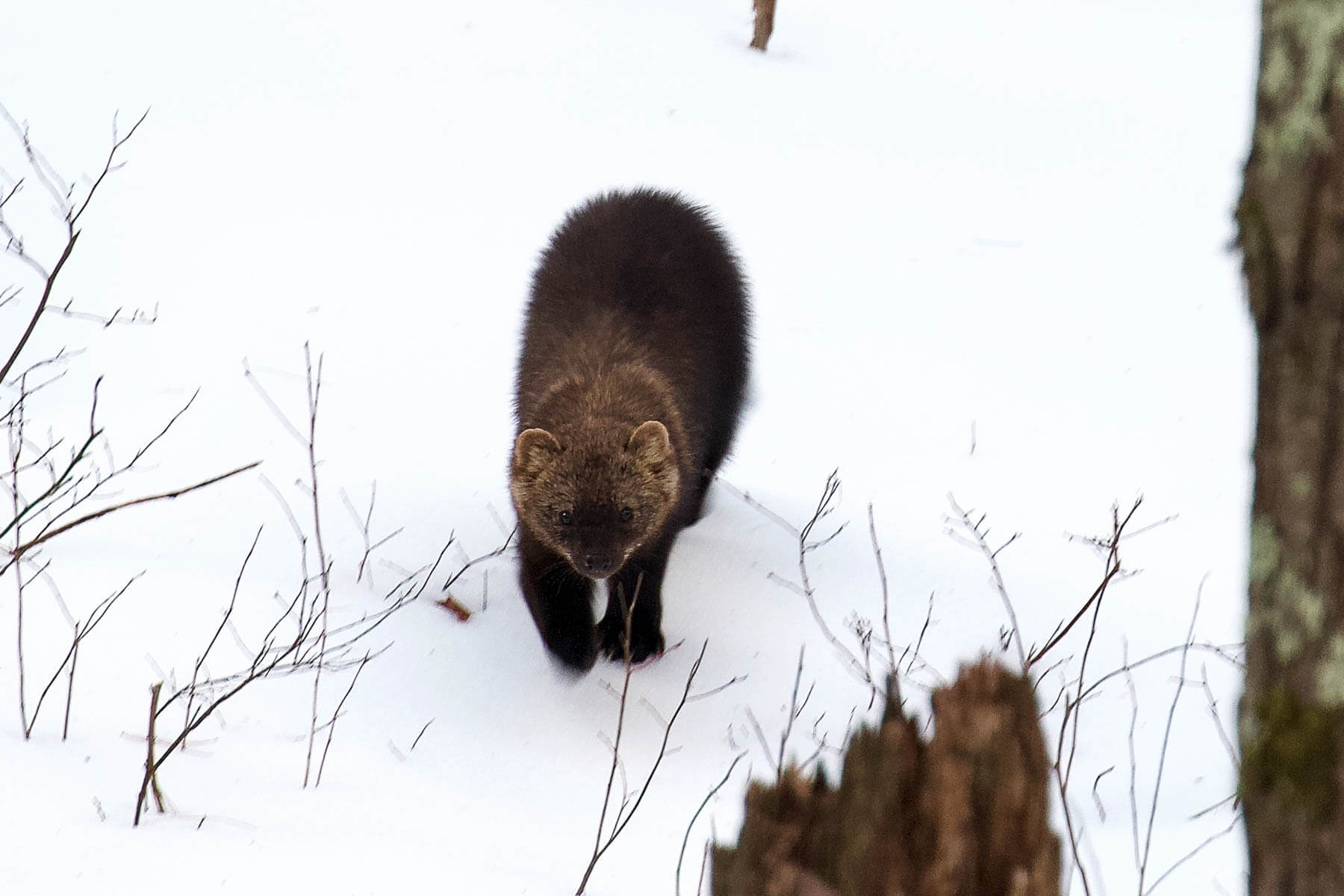
As more and more people sought knowledge about the natural world around them this year, many discovered one of the region’s cutest—and most notorious predators—of the Chesapeake region. Found in coniferous forests along the East Coast from New England to Virginia, fishers are one of the few species to prey on porcupines.
Ten Chesapeake species with unique nicknames
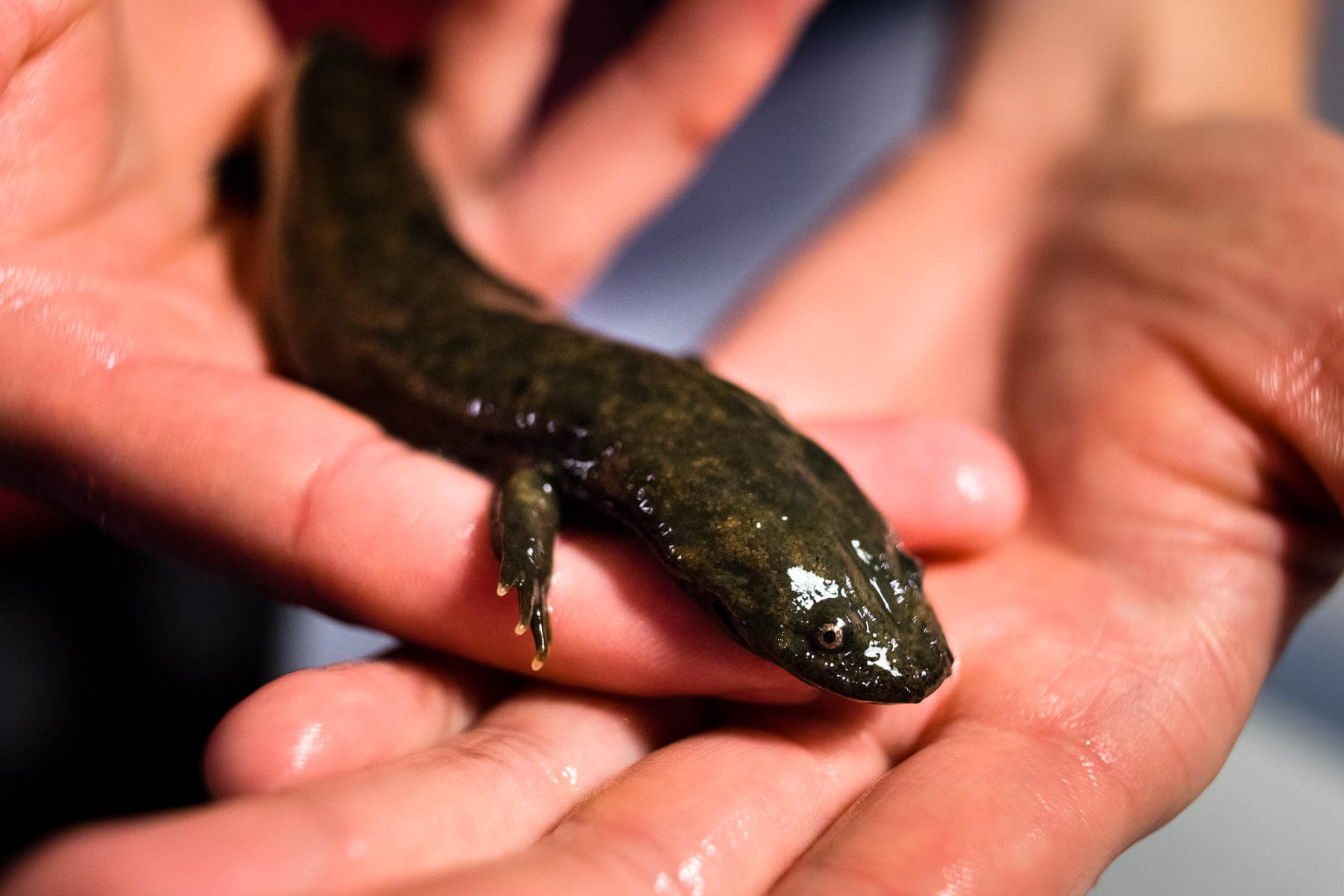
Everyone has a nickname—whether it’s a shortened version of your formal name or that one from third grade you’d rather forget. Many species in the Chesapeake are no different. People this year discovered that the whistlepig, lumpsucker and timberdoodle live amongst us.
Still interested in reading more? Check out some of the honorable mentions to our top ten list:
- The greatest wildlife comeback you’ve never seen: Saved from near extinction, wild turkeys are now guarded by vigilant wildlife managers.
- A fresh perspective on revitalizing Maryland’s Eastern Shore: A young Eastern Shore native emerges as a leader in community enrichment.
- With fewer dams, a river near Baltimore flows more freely: Fish are returning to the Patapsco just a year after the demolition of Bloede Dam.
Your favorite 2020 blog didn’t make the cut? Let us know what it is in the comments!

Comments
There are no comments.
Thank you!
Your comment has been received. Before it can be published, the comment will be reviewed by our team to ensure it adheres with our rules of engagement.
Back to recent stories